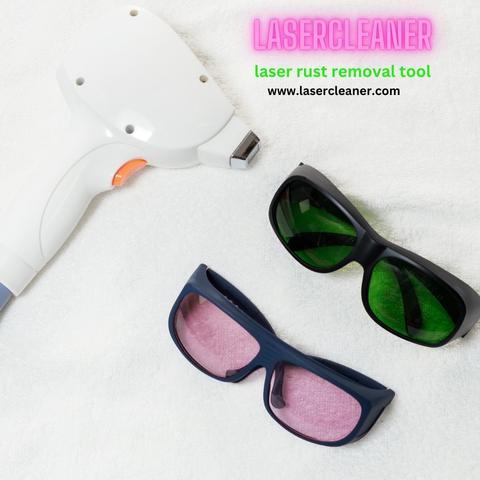Laser rust removal has emerged as an efficient and environmentally friendly method to restore metal surfaces to their original state. By harnessing the power of laser technology, rust and other contaminants can be effectively eliminated without causing damage to the underlying material. In this guide, we'll explore the process of laser rust removal tool and provide step-by-step instructions for utilizing this innovative tool.
Step 1: Preparation Before beginning the laser rust removal tool process, it's crucial to prepare the work area and ensure safety measures are in place. Start by clearing the surrounding area of any flammable materials and wearing appropriate protective gear, including safety glasses and gloves. Additionally, ensure proper ventilation to prevent the buildup of fumes.
Step 2: Assessing the Surface Carefully examine the metal surface to identify areas affected by rust or other contaminants. It's essential to assess the extent of the damage to determine the appropriate laser settings and approach for removal.
Step 3: Setting Up the Laser Rust Removal Tool Next, set up the laser rust removal tool according to the manufacturer's instructions. This typically involves adjusting the laser parameters such as power, pulse duration, and spot size based on the type and thickness of the metal, as well as the severity of rust.
Step 4: Laser Rust Removal Process Begin the rust removal process by slowly moving the laser beam across the affected areas in a controlled manner. The laser energy will vaporize the rust, paint, and other contaminants, leaving behind a clean metal surface. Take care not to dwell on one spot for too long to avoid damaging the underlying material.
Step 5: Cleaning and Inspection Once the rust removal process is complete, thoroughly clean the surface to remove any remaining debris or residue. This can be done using compressed air or a brush. After cleaning, inspect the metal surface to ensure all rust and contaminants have been effectively removed.
Step 6: Surface Protection To prevent future rusting, consider applying a protective coating or primer to the cleaned metal surface. This will help seal the surface and provide long-term protection against corrosion.
Step 7: Post-Process Cleanup Finally, clean up the work area and properly dispose of any waste materials generated during the rust removal process. Ensure all equipment is turned off and safely stored until the next use.
Conclusion: Laser rust removal offers a highly efficient and precise method for restoring metal surfaces to their original condition. By following the steps outlined in this guide and exercising caution throughout the process, you can revitalize your metal surfaces with ease while minimizing environmental impact and ensuring long-lasting results.


No comments yet